Mulch Organic gave me a roll of their heavy duty organic paper mulch weed suppressant matting this week to trial in my new allotment on our farm.
To date I’ve used weed suppressant matting to cover my old allotment’s soil to kill weeds by starving them of light. This works really well for killing annual weeds and grasses and, if left for at least a year (sometimes it takes two) it will also kill perennial weeds like bindweed and nettles.
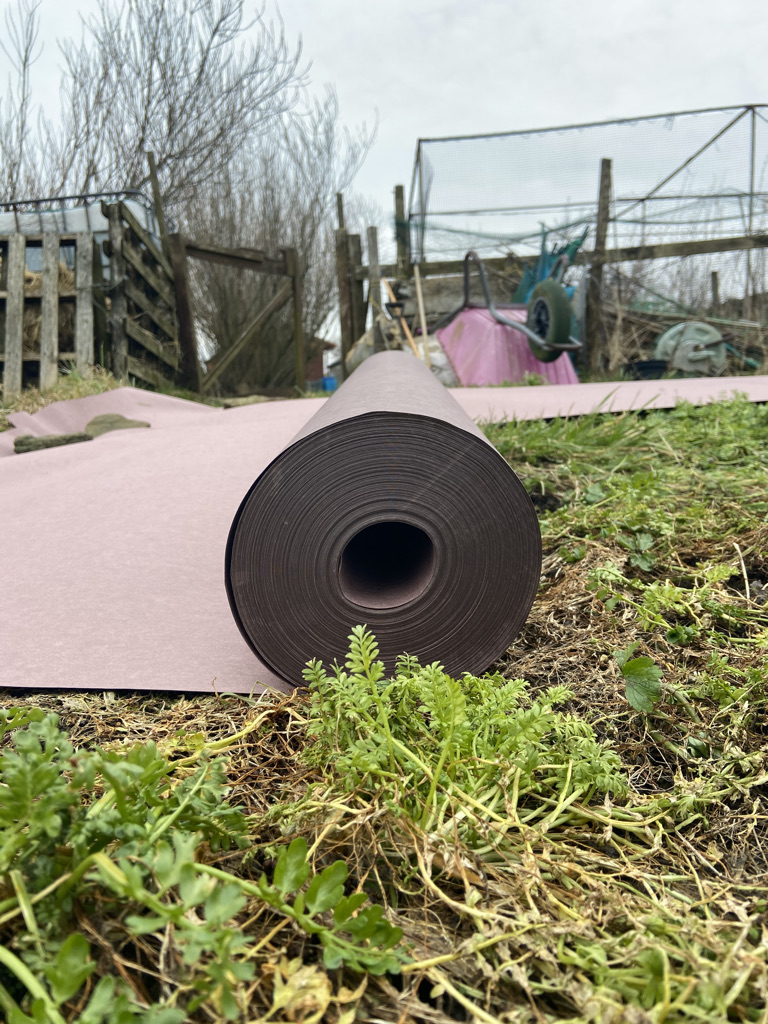
However, normal weed suppressant matting – the black fibre stuff – is made of plastic, breaks apart easily polluting soils and can’t be recycled, making it bad for the environment. An alternative I’ve been using is cardboard boxes covered with compost. The card kills the weeds and decomposes into the soil over the course of 6 – 12 months, and can be covered in compost allowing you to plant into it.
First impressions
Organic Mulch’s biodegradable paper weed suppressant attempts to combine the best of both worlds. It’s made of paper 122cm wide, sold in different lengths, and it is certified organic, which isn’t always guaranteed with cardboard boxes – not just because of ink on them but because of chemicals used in making the card. This paper is made from renewable sources, better than plastic, which isn’t.
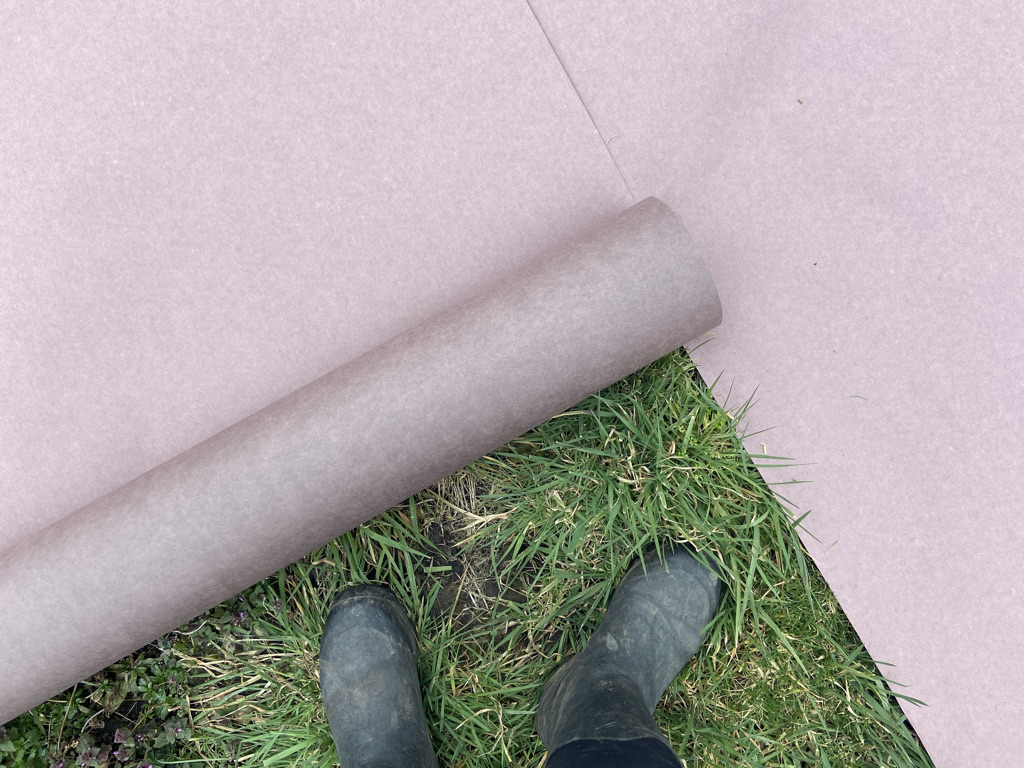
I’ve started covering some areas of my new allotment with the paper roll and my initial impressions are very good. The width is perfect for typical borders and it’s strong too. It’s easy to roll out by hand and it looks good, I felt like was gift wrapping my allotment! All I needed was sticky tape and a bow. The roll itself is quite heavy so it may take two people to lift into position – I was fine by myself.
Step one: I weighed the end down with some stones
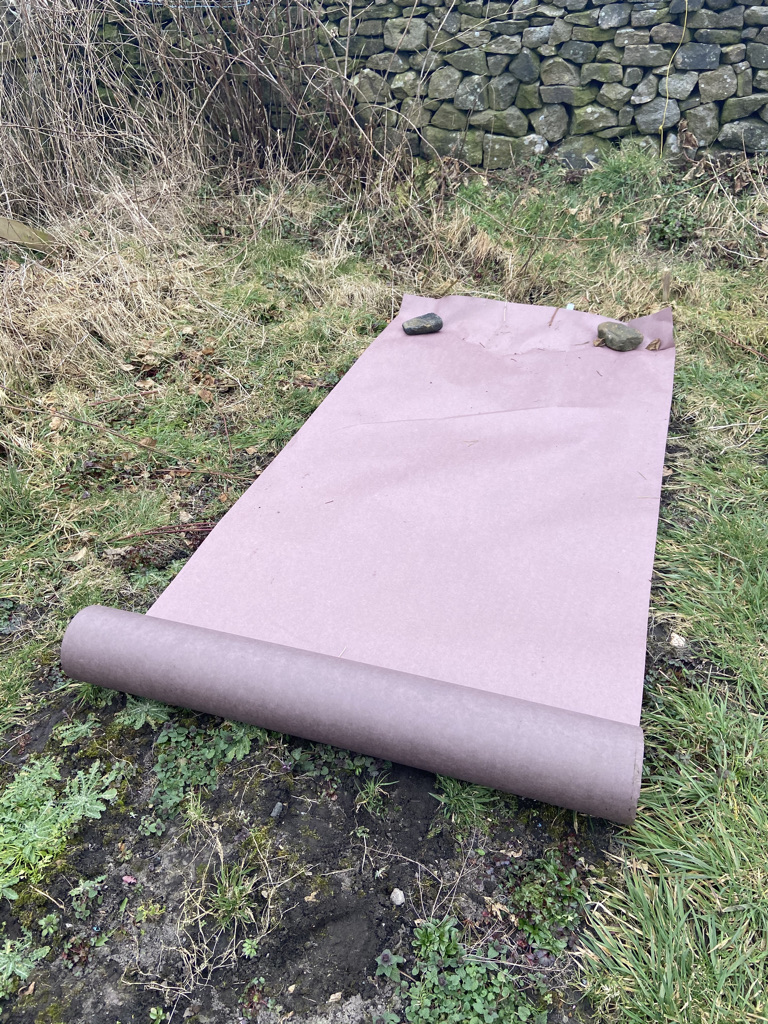
Step two: roll out and adjust to position
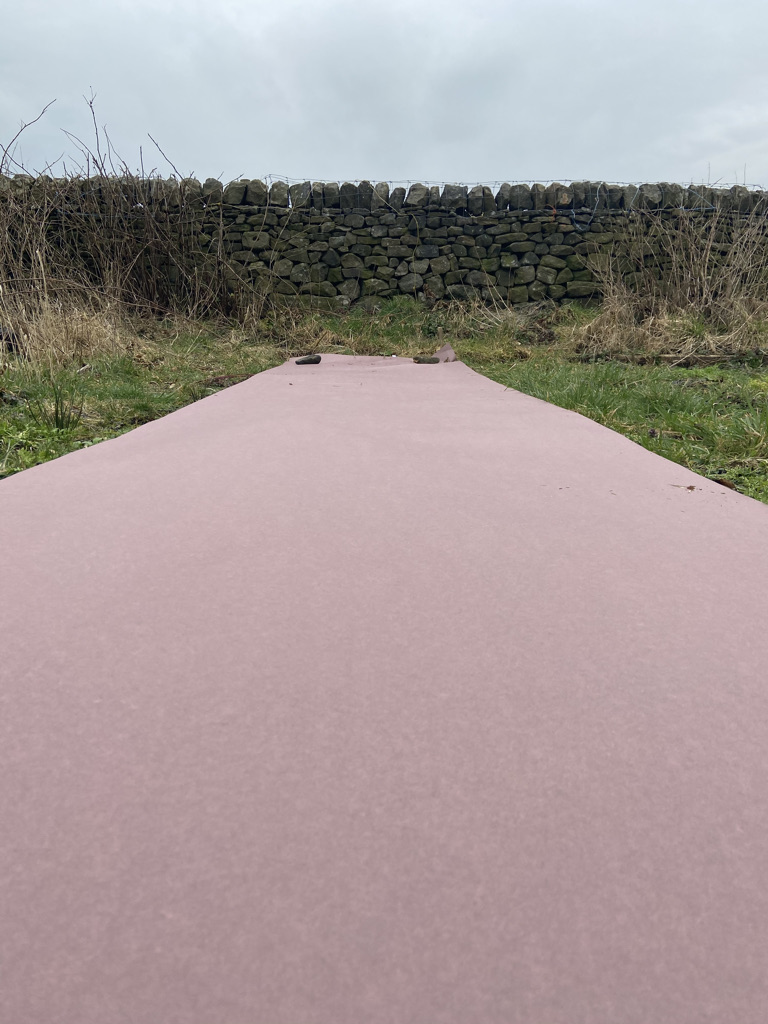
Step three: easily cut at the other end with a sharp knife or scissors
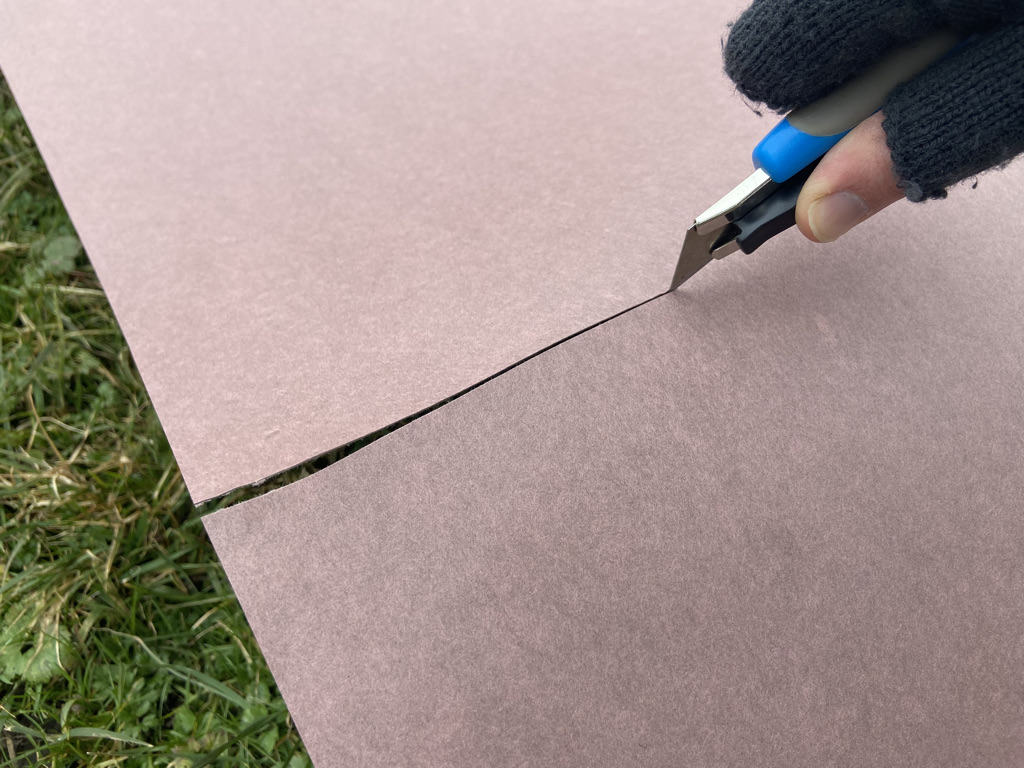
Step four: repeat
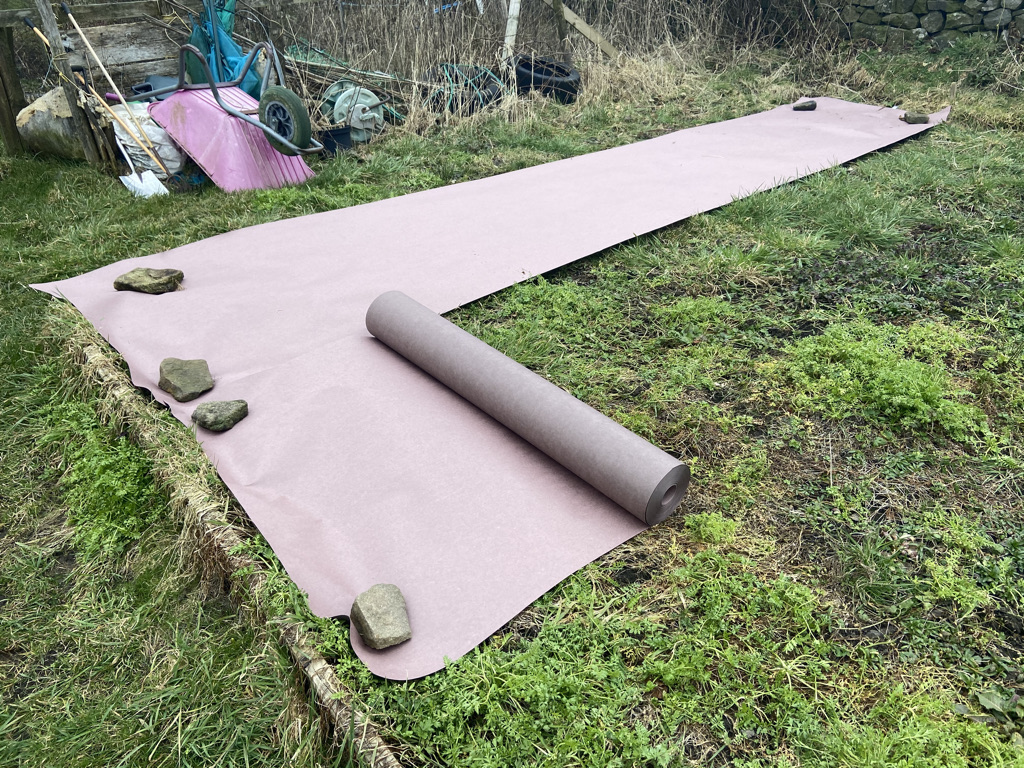
Step five: cover the edged with soil or compost to weigh down or secure from wind carefully (note my compost isn’t ready yet so I’ve used random stones and other heavy things)
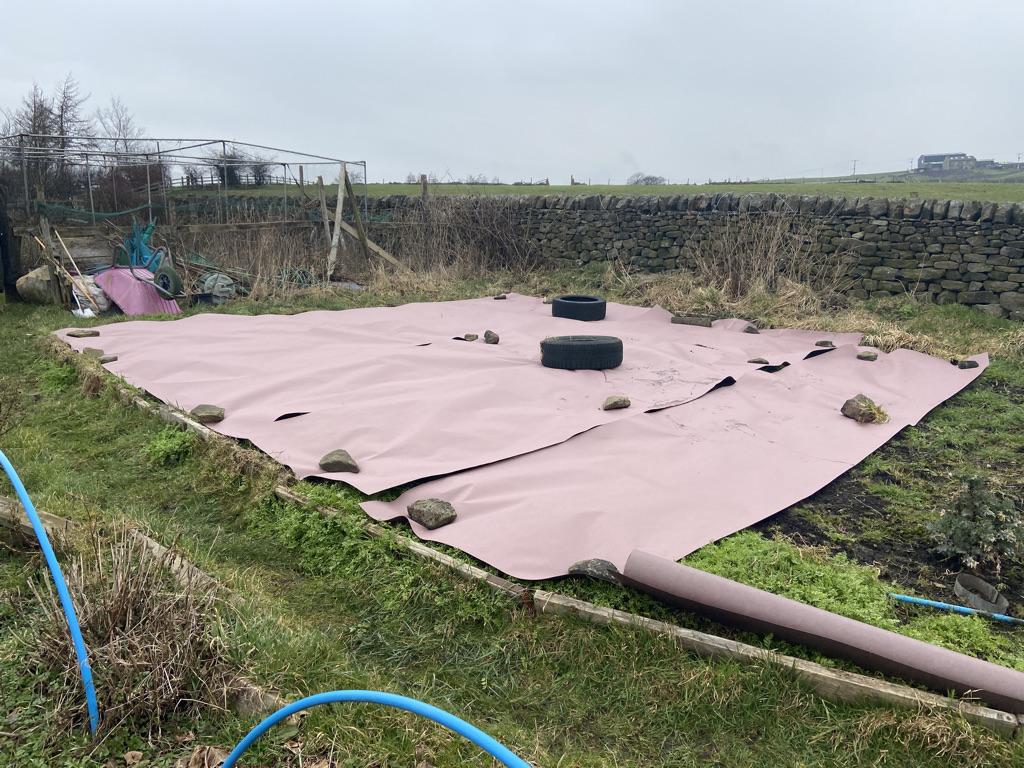
In the next week or two I plan to continue covering the rest of this area. I can then plant through the biodegradable paper mulch by cutting little slits into it using a knife (I use a hori hori) or trowel. This will be important early on because this is a tough paper that won’t break down for a number of months.
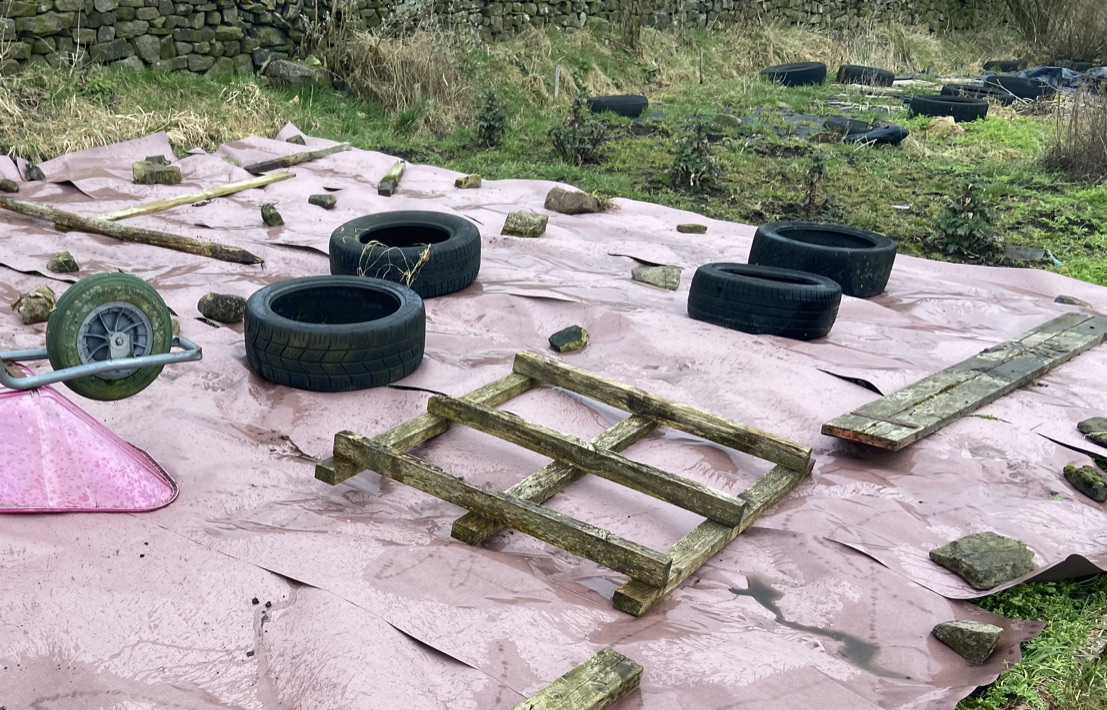
Do weigh the paper down with everything you can find because it’s extremely easy for wind to get under the edges lifting the whole sheet away or tearing sections. For this reason, it’s also important to lay it when it isn’t windy. Gently soaking with water afterwards helps, so rain is your friend. Water can permeate through easily but weeds can’t.
So far I have to say Mulch Organic’s biodegradable weed suppressing mulch is very promising. Come back to see how I get on when it comes to planting, and then later in the season when I’ll be able to say how it works after a number of months for weeds suppressing and crop growth.
Long term impressions
After a number of months I have found the Mulch Organic’s weeds suppressing mulch works really well when laid on top of the soil but not covered totally with soil or compost. The areas I covered with compost, like typical no dig beds, made the mulch degrade far too quickly and then weeds broke through. However, in the areas where the paper mulch was laid on top of soil and held down, it is still working brilliantly at block weeds.
So, it works if you don’t bury the paper mulch, making the challenge having enough objects to weigh it down to prevent wind tearing it. If you have enough weights like stones or planks of wood along the edges, you can then plant into it and it works perfectly. Once plants are growing in it, they also act as a weight as they grow.
Overall, I felt this product did exactly what it promises but isn’t the perfect replacement for thicker cardboard boxes used in a no dig bed where the card is covered with soil or compost mulch. That said, in that scenario it did kill grass and annual weeds, it was just the perennial dandelions and dock that quickly grew through (which they didn’t do when the paper mulch wasn’t covered).
Thank you very mulch to Mulch Organic for sending me the sample to trial.
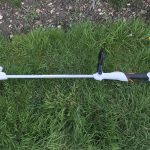



this mulch matting looks a really great option, I particularly like the fact, that it degrades over a couple of growing seasons, I am definitely going to consider acquiring a roll for a couple of the gardens I work in, it really would save me a great deal of time.
Hi Jack – great article, very useful. Thank you. May I ask, now we’re in September, do you have anything to add to your observations? The paper is designed to last 8 months (uncovered) – does it look like it’s going to make it, at the 6 month mark? Also, did you observe higher problems with slugs, enjoying the extra cover?
Hi Una, I updated the article with my recent thoughts the other week at the end of the page so nothing more to add to that really. I didn’t notice any increase in slugs but there likely will be given any covering is a home for slugs.
Hope that helps
Jack